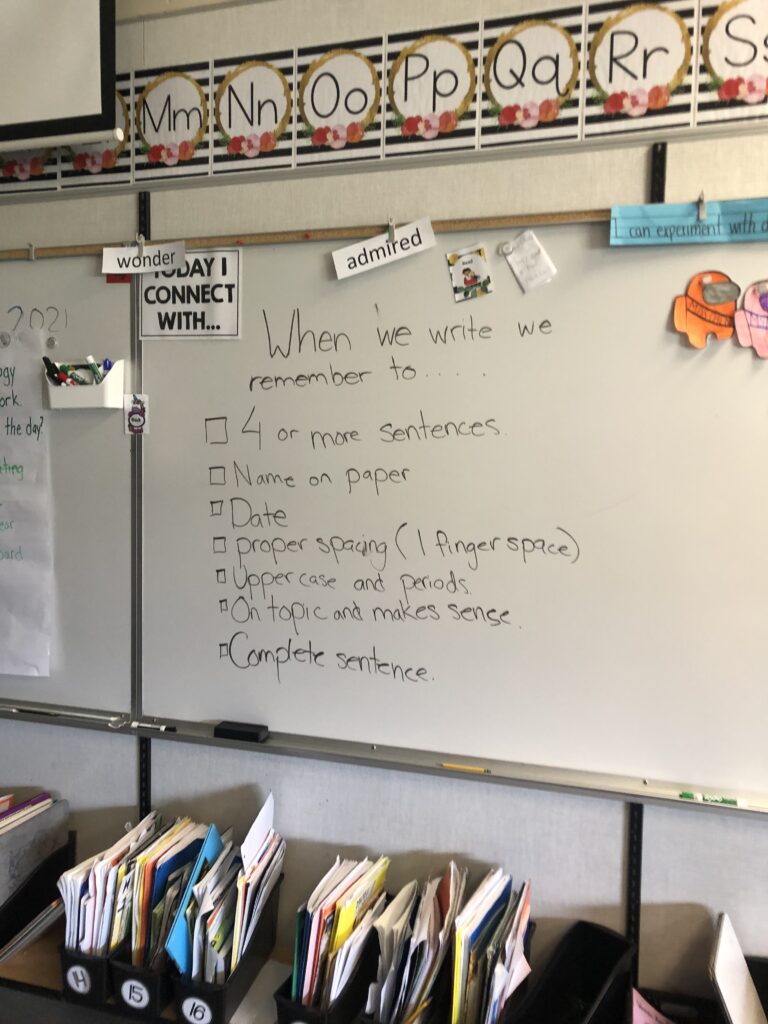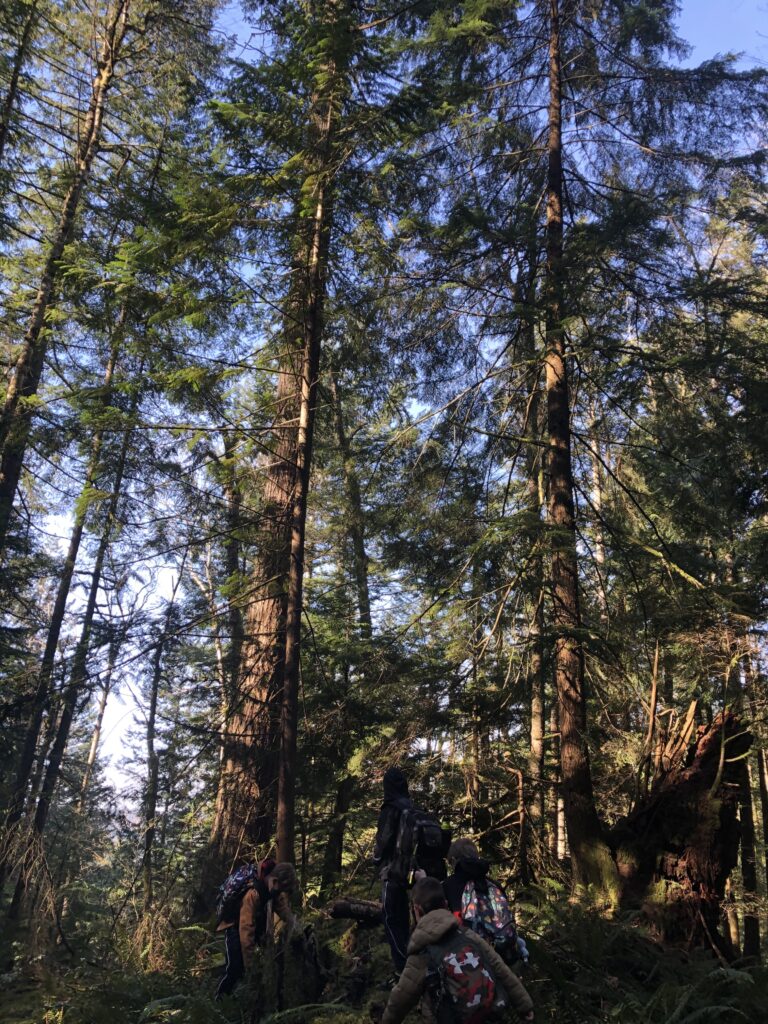How would the instruction be designed differently by a behaviorist, a cognitivist, and a constructivist? Scenario: A high school social study teacher is planning a class on the Vietnam War.
A science teacher would teach the behaviorist method by first quizzing the students about what they now of the Vietnam war, once the teacher has understood where the student are at, they would teach according to the answers they want the students to know (questions and answers). The teacher would then plan lessons and lectures that will guide them to the specific answer and information to be learned like when the Vietnam war happened and significant information related to the war.
As for the cognitivist method, the teacher would attempt to make the knowledge meaningful. This can be done with going deeper into the Vietnam war and looking at why it happened/ the underlying meaning. The teacher would plan to teach using a variety of methods like lecturing, reading from a textbook and then have the students show their knowledge in a more elaborate way like writing an essay and then presenting a power point or test to show their knowledge in a different context. If the teacher was writing a test for the answer, question would ask for a written response where the student would have to elaborate on the question.
As for constructivists a teacher would take a more indirect approach like introducing what the Vietnam war was and then have students do hands-on activities where they learn on their own and produce an assigned project like a video or a Powerpoint about the Vietnam war. The students would have more hands on assignments and are provided multimodalities to help them learn.
Describe an example from your life of when you were taught using each method described in this article: behaviorism, cognitivism, and constructivism.
Throughout my time through school I’ve been taught all three ways. During my math classes, I was taught the behaviorist way when we learned about math concepts. We learned how to look for specific words in the questions to know what formulas we needed to use to get our answer. I was taught with the cognitivism method through physics where we were given a group assignment to make a bridge that would hold a certain amount of weight. Throughout this, we had to access our prior knowledge of what we knew and use our planning and problem solving skills. We built on our old knowledge to create a new product. I think constructivism is what I’ve been taught using the most where in my past degree we were doing a research project where there were expert groups where they would learn about the topic and then teach their peers. This was a hands on experience where they took the information that was learned and applied in a different way.
Based on your reading, would you consider your current instruction style more behaviorist, cognitivist, or constructivist? Elaborate with your specific mindset and examples.
I believe my current style of instruction would be more cognitivist. I personally learn the best when it is hands on and I get first hand experience. Therefore I teach more towards what I prefer more. I believe the information sticks better when you are able to apply the knowledge in multiple more authentic ways. Being able to apply these skills gives the learner more self efficacy in what they are learning and how they are applying it. For example when I taught science and biodiversity. I used a more hand on approach using science centers. In these centers I was able to learn using a variety of methods like reading, looking at a video. Using physical touch with a sensory box with outside material in it etc. students were provided multiple ways to learn and through this had a variety of ways they can learn the content. In addition each station had a different way for them to share what they have learned. Some parts were writing, others were drawing or oral explanation. When providing multiple outlets for learning students are able to learn in the way that best fits them and guide their learning.

